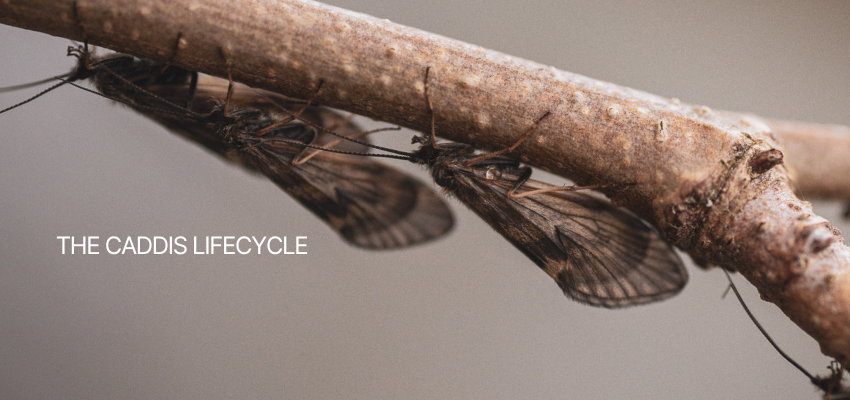
Caddis Lifecycle by Fulling Mill
Just like mayflies, caddis are an abundant food source in trout streams around the United States. If you're nymphing, we have some of our favorite pupa patterns here. If the fish are keyed on emerging caddis, we have those too. And, we have adults as well as adult cripples if the fish are keyed in on the later stages of the hatch. What the trout are most interested in eating can vary from hour to hour and day to day, so you'll want to be sure to have all stages covered because you never know what you'll run into. Additionally, make sure to have each pattern represented in a range of sizes and colors as well. Though we only have one size per pattern listed, many are available in a number of sizes. So, search the pattern in our search bar if you're looking for a different size.
Nymphs
Caddis pupa are an easy meal for trout. They vary in color and size, and are easily represented by a handful of patterns in a couple of colors. If you don't know what's on your river, start turning over some rocks.
Emergers
This is one of the most important stages of the hatch to get right. Maybe you see rises, but the fish aren't taking dries? That's because they're keyed on emergers. They're an easy meal. If you're not sure, take a good look in the surface fim, or just under.
Dries
Caddis fly in an erratic way, and bounce on the water when they deposit eggs. If you see bugs acting this way and splashy rises to match, it's time to tie on a dry.
Cripples
Keep your eyes on foam lines and back eddies. These are an easy meal for trout, and they'll be eager to eat them.









Leave a comment